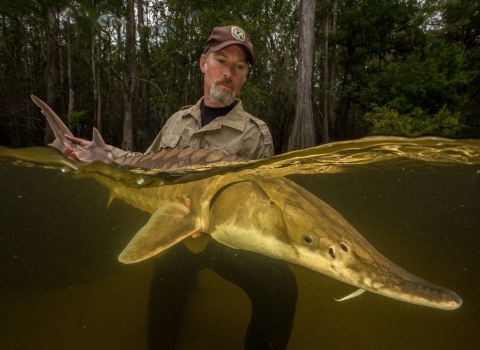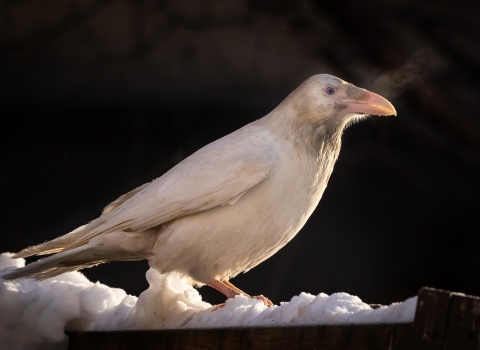Scientists released around 500 larvae of the critically endangered Schaus’ swallowtail this month into the Florida Keys, with more releases planned in August.
“The goal of continued reintroductions is to establish new self-sustaining populations across a broader geographic area and bolster existing population numbers to reduce the risk of extinction,” said Jaret Daniels, professor, and lead University of Florida researcher.
It has been a little more than a decade since scientists could only find four adult butterflies in the wild. Today, that number has grown to more than 1,500 and its range has expanded thanks to a multi-agency effort to restore its habitat, breed it in captivity, and release it.
“In many ways, this is a modern-day success story as the numbers continue to trend in a strong positive direction. It is a wonderful example of collaborative conservation,” Daniels said.
The people and organizations who have been working to recover the Schaus’ swallowtail butterfly include the U.S. Fish and Wildlife Service, University of Florida, the Florida Fish and Wildlife Conservation Commission, the National Park Service, the Florida Museum of Natural History, the Florida Natural Areas Inventory, the Florida Department of Environmental Protection, North American Butterfly Association, Fairchild Tropical Botanic Gardens, the Service, and a cadre of community scientist volunteers.
Habitat destruction, insecticides, and illegal collection diminished the species over the years. The Service listed the Schaus’ swallowtail as threatened under the Endangered Species Act in 1976, then changed its status to endangered in 1984.




